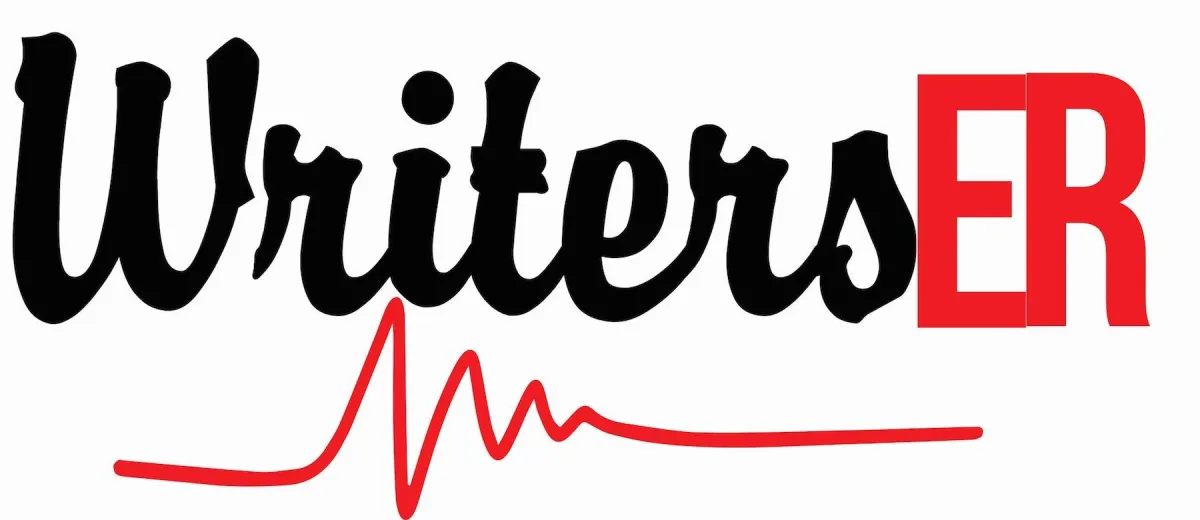BLOGS

How to Write a Strong Methodology Chapter for Your Dissertation
How to Write a Strong Methodology Chapter for Your Dissertation
Introduction
The methodology chapter is a critical part of your dissertation because it explains how you conducted your research. It not only validates your work but also allows others to replicate or assess your findings. Many students struggle with this chapter because of its technical nature. In this blog, we’ll provide a step-by-step guide to help you write a clear, thorough, and compelling methodology chapter.

1. Explain Your Research Design
The research design outlines the overall approach you used to answer your research question.
Common Types of Research Design:
Qualitative: Focuses on themes, interviews, and non-numerical data.
Quantitative: Involves numerical data and statistical analysis.
Mixed-Methods: Combines both qualitative and quantitative approaches.
Tip: Clearly justify why you chose your research design and how it aligns with your objectives.
2. Describe Your Data Collection Methods
Here, detail how you collected the data needed to answer your research question.
Key Areas to Cover:
Sources of Data: Describe whether you collected primary data (e.g., surveys, interviews) or used secondary data (e.g., existing research, databases).
Instruments Used: Include tools such as questionnaires, interview guides, or observation protocols.
Sampling: Explain how participants or samples were selected (random, purposive, etc.).
Tip: Be specific about timelines, tools, and procedures to enhance transparency.
3. Outline Your Data Analysis Techniques
Explain how you processed and analyzed the data you collected.
Examples of Data Analysis Methods:
For Qualitative Data: Thematic analysis, content analysis, or coding frameworks.
For Quantitative Data: Statistical methods, such as regression analysis, ANOVA, or descriptive statistics.
Software Used: Mention tools like SPSS, NVivo, R, or Excel.
Tip: Ensure your analysis methods align with your research design and objectives.
4. Discuss Ethical Considerations
Ethical transparency is essential for academic research, especially when working with human subjects.
Key Points to Include:
Informed Consent: Explain how participants were briefed and consented to participate.
Confidentiality: Detail measures to protect participant privacy.
Approval Process: Mention approval from ethics committees or institutional review boards.
Tip: Address how you mitigated risks to participants and ensured compliance with ethical guidelines.
5. Acknowledge Limitations
No methodology is perfect. Acknowledging limitations shows your awareness of potential weaknesses in your approach.
Common Limitations:
Sample size constraints.
Potential biases in data collection or analysis.
Challenges with tools or participant access.
Tip: Frame limitations constructively and highlight how you minimized their impact on your research.
Conclusion
The methodology chapter is your opportunity to provide a clear roadmap of your research process. By detailing your design, data collection, analysis techniques, and ethical considerations, you’ll build credibility and transparency into your dissertation. A well-written methodology reassures readers that your findings are valid, replicable, and grounded in sound research practices.
Struggling to write your methodology chapter? WritersER offers expert coaching and support to help you navigate every step of your dissertation. Click here to get started!
